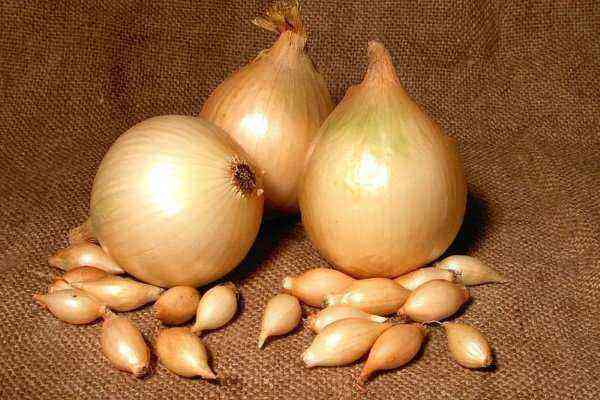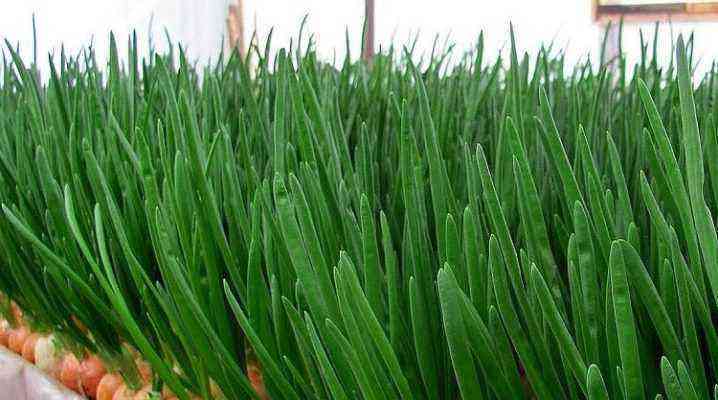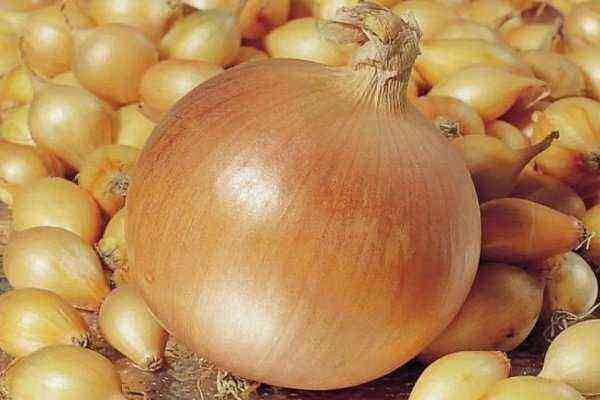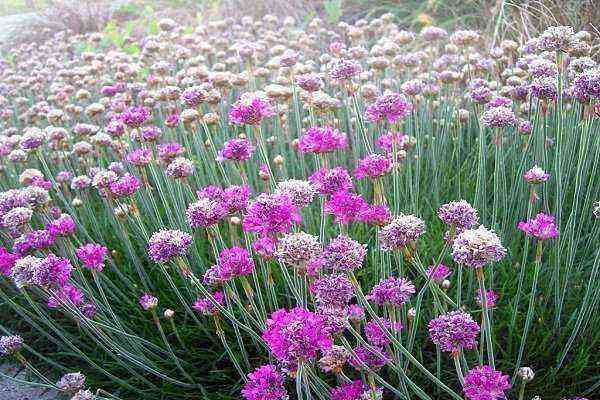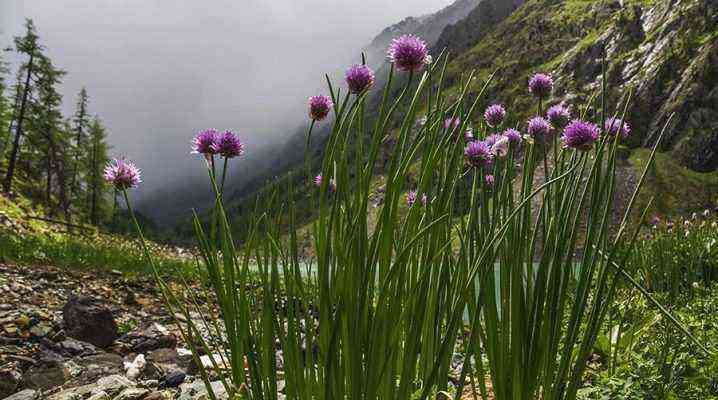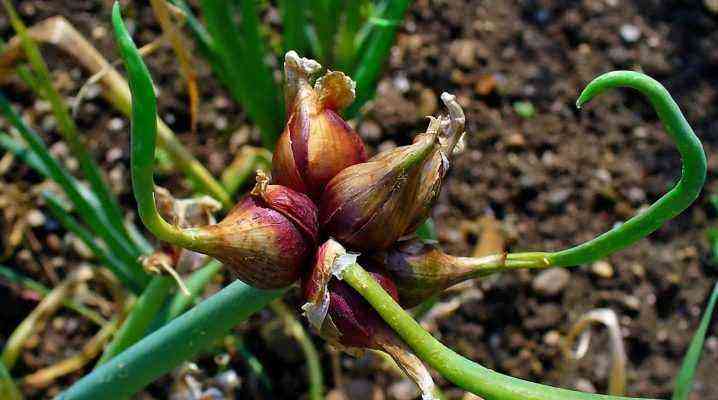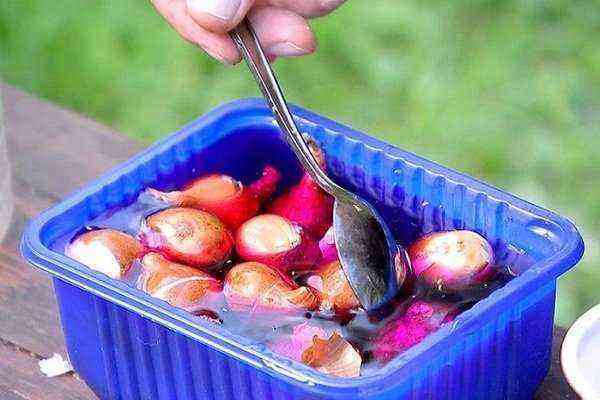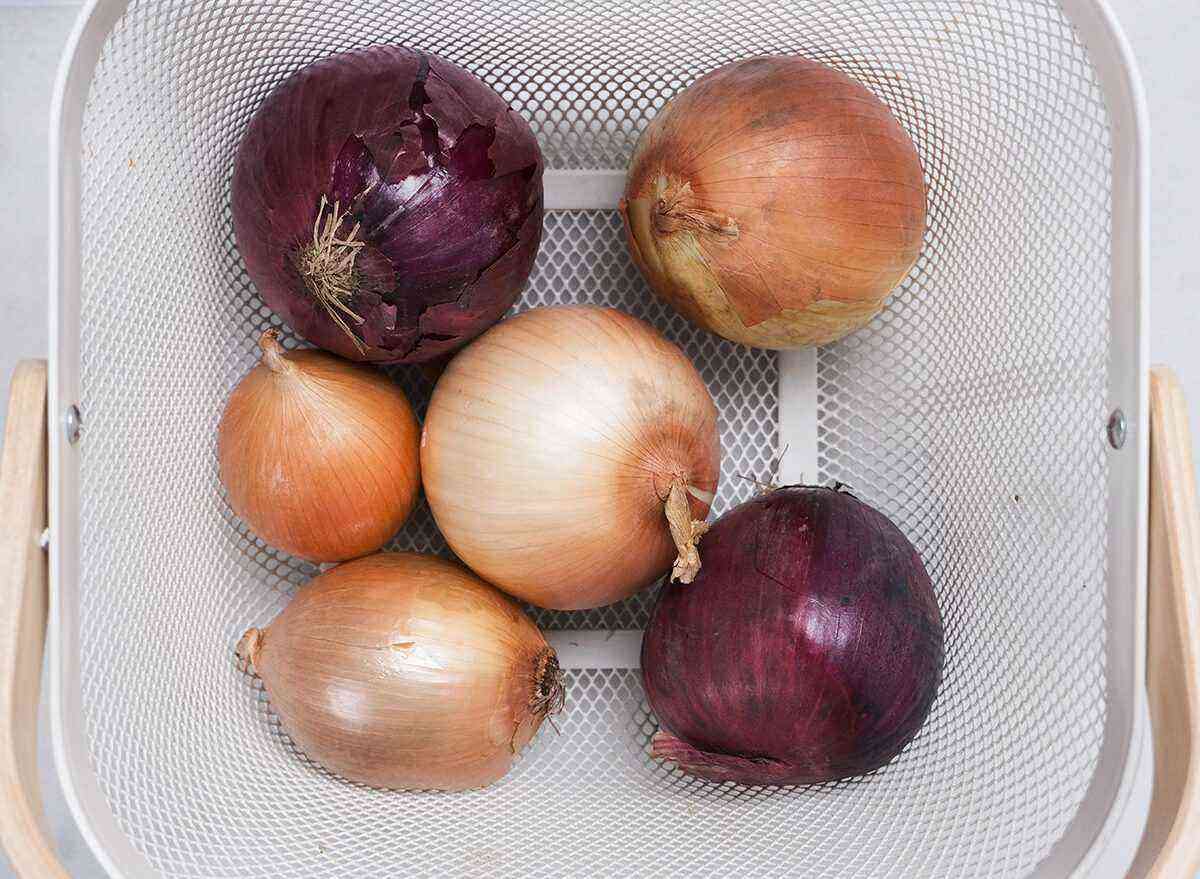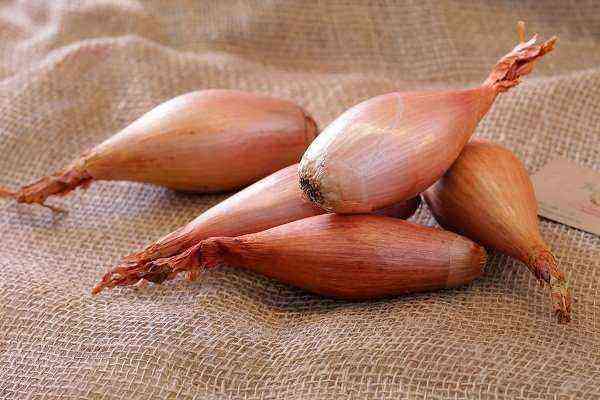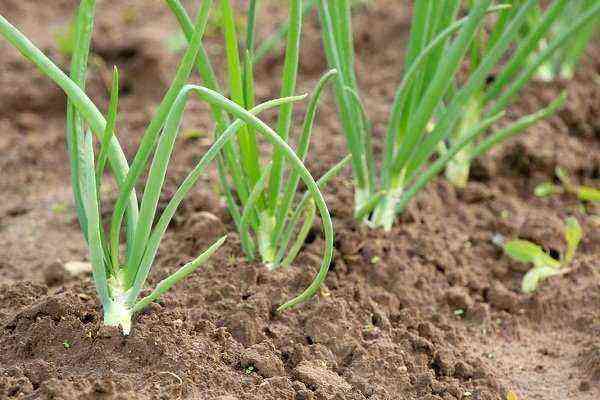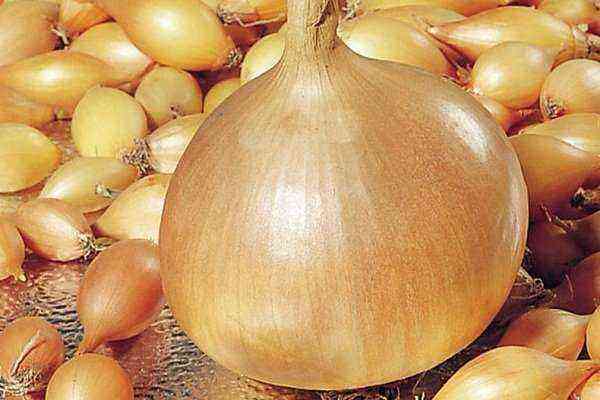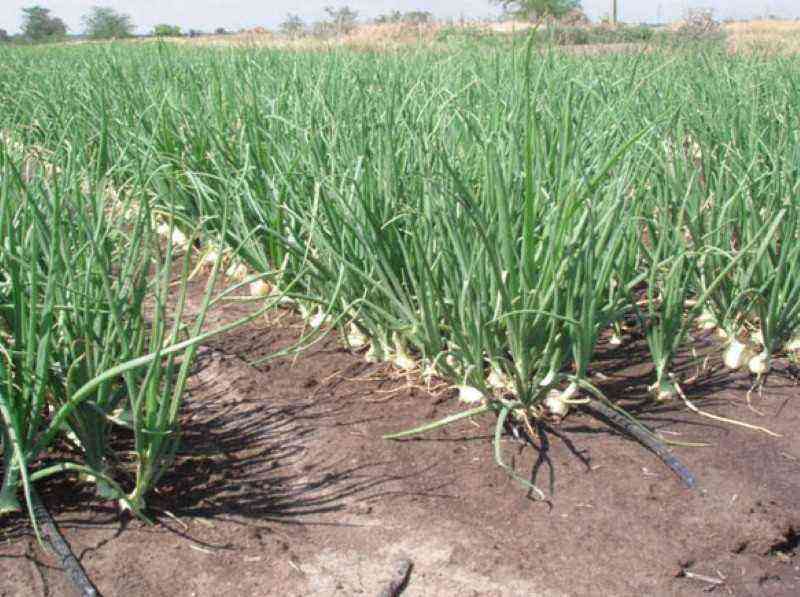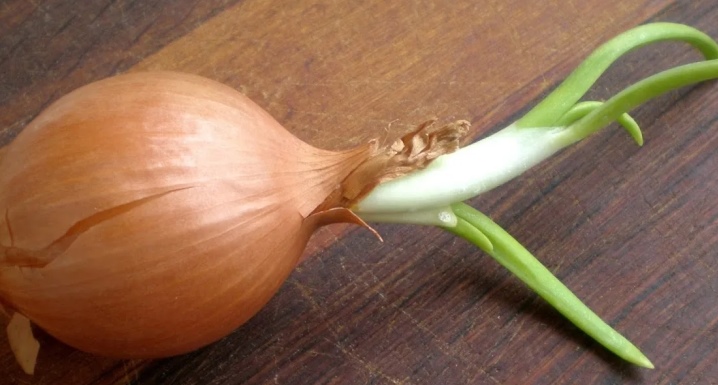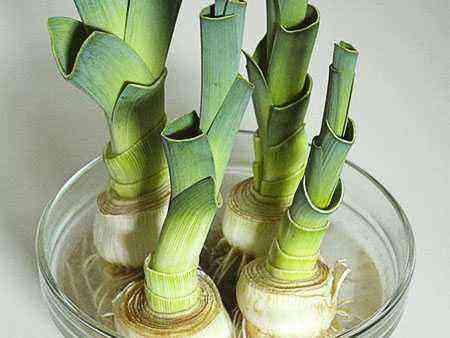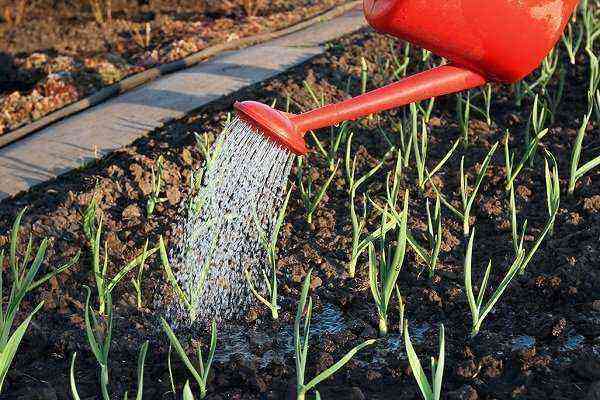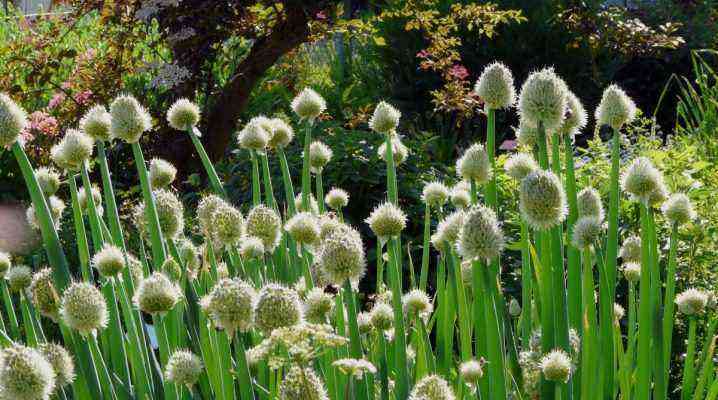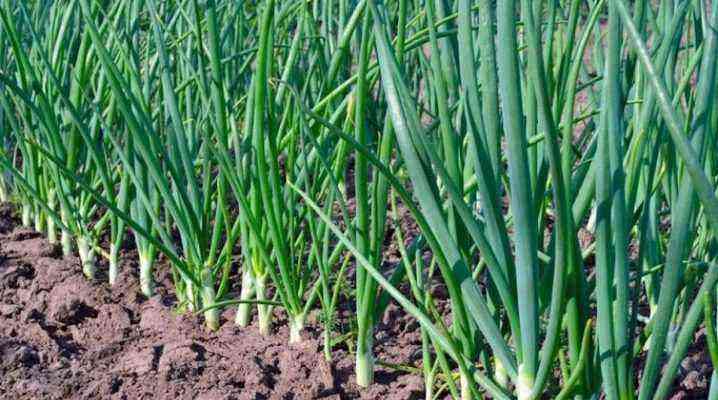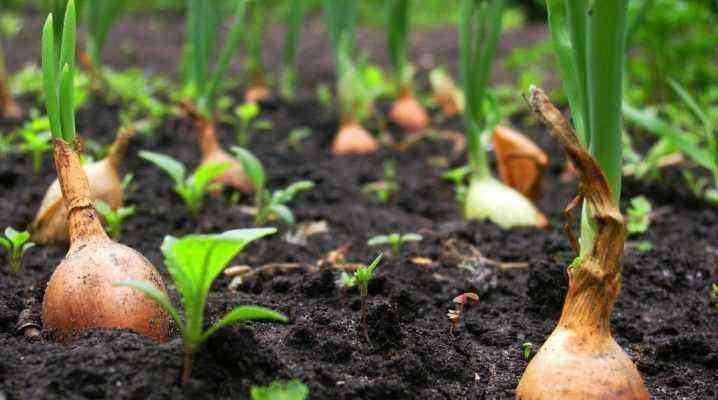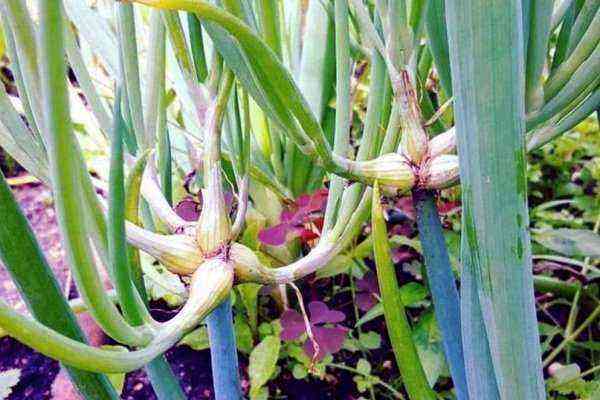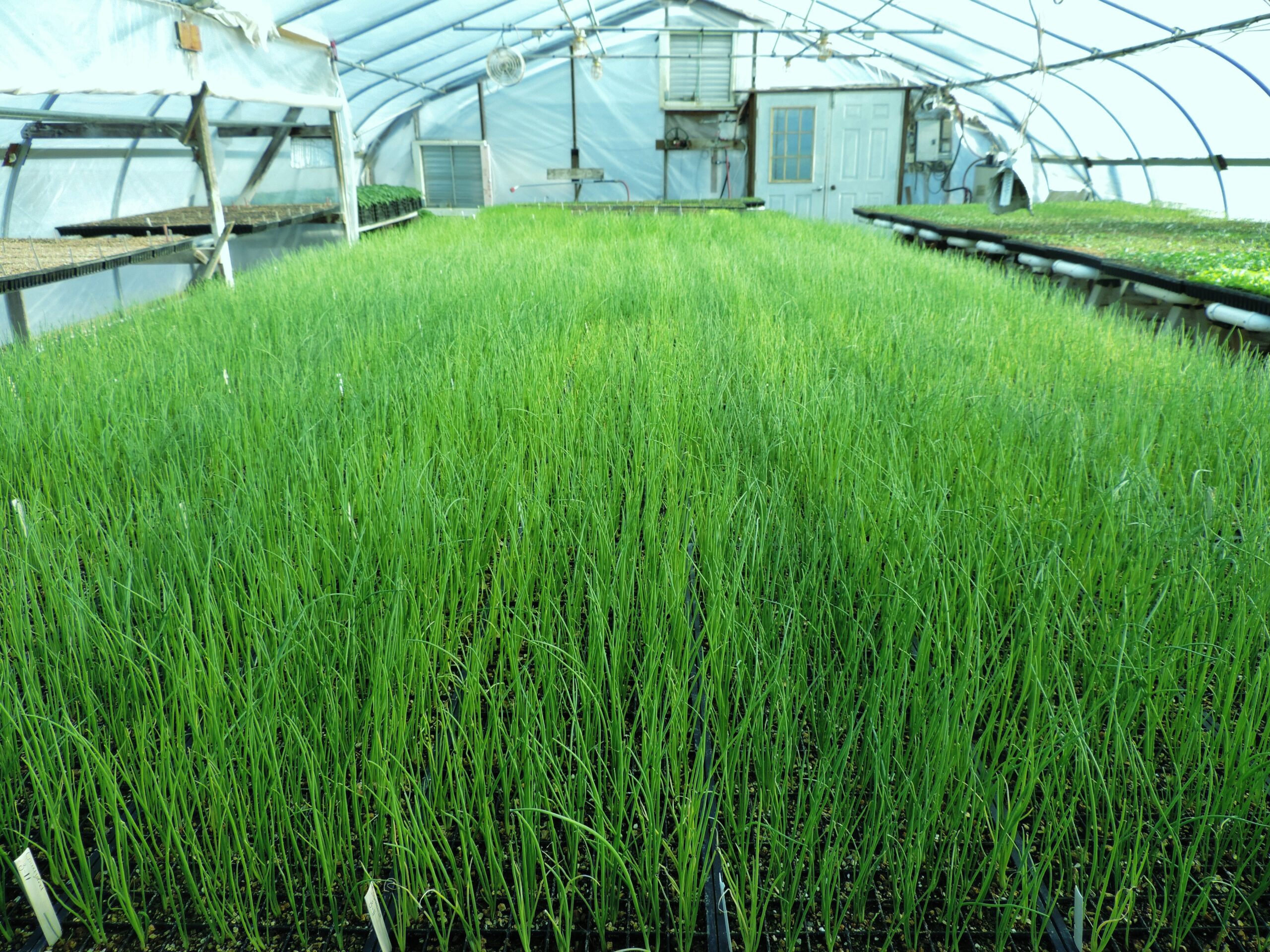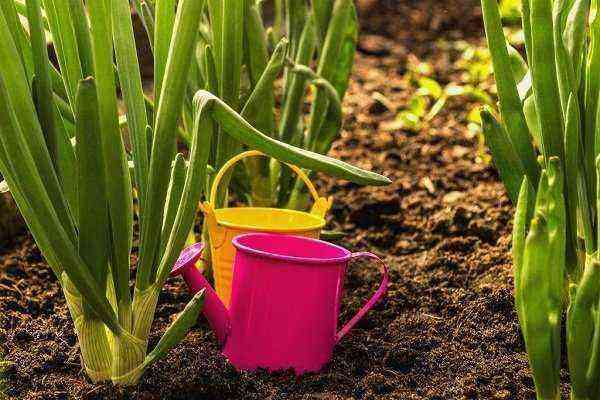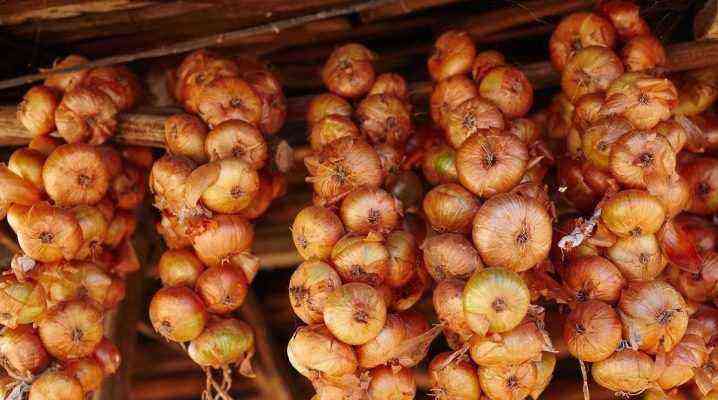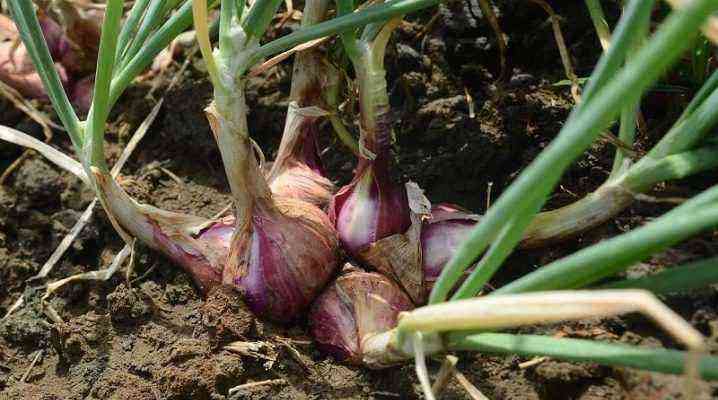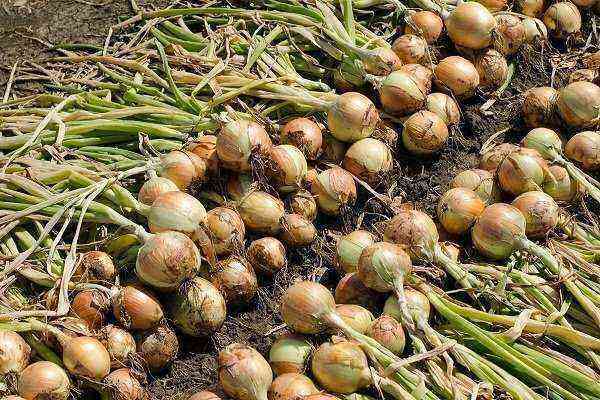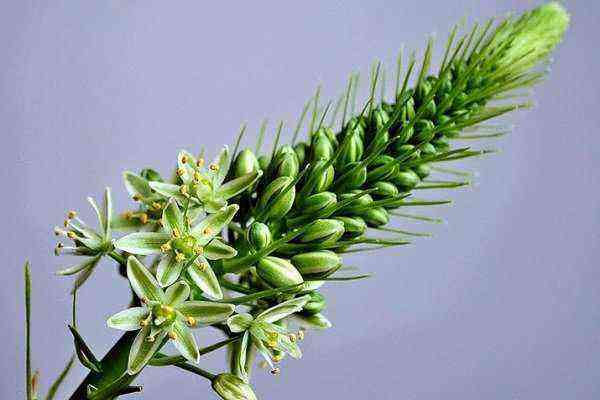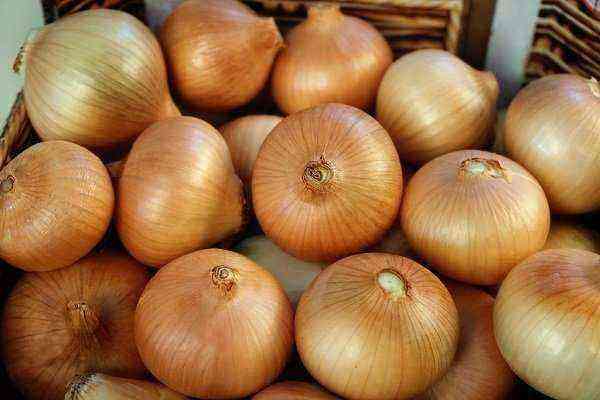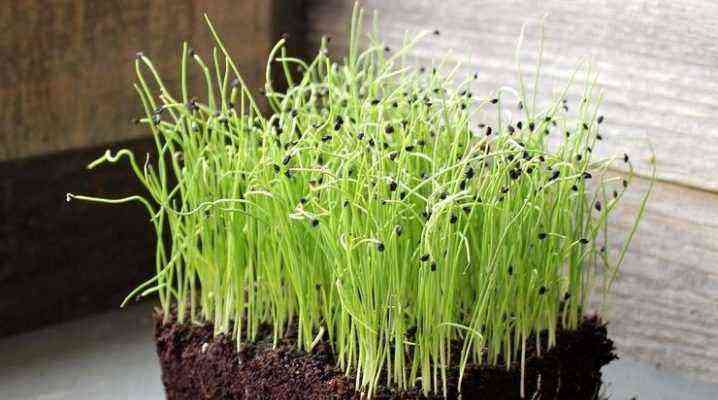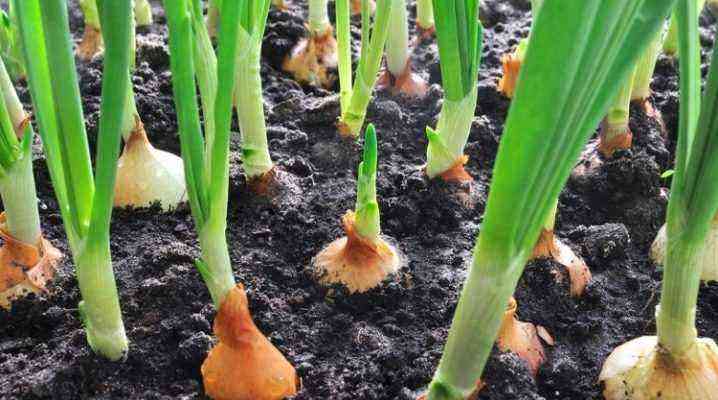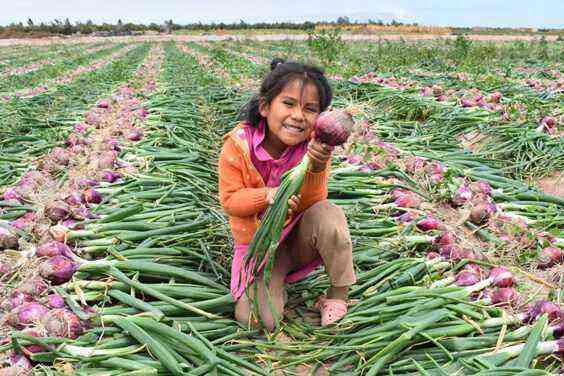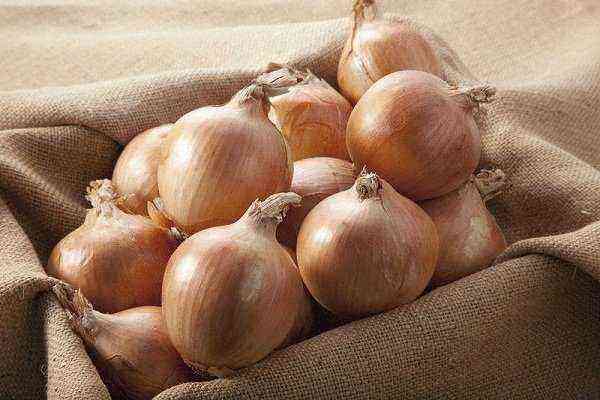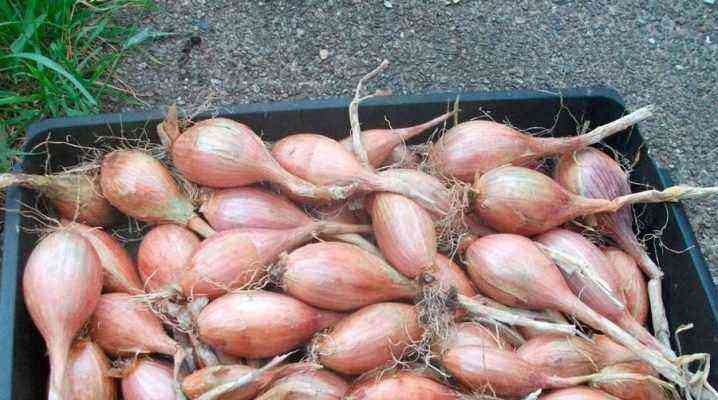
Onions as a vegetable crop appeared on our tables in the XNUMXth century. Its popularity is due to its taste, nutritional and medicinal properties. Such a popular vegetable contains a huge amount of minerals and vitamins. Of course, onions are sold on store shelves all year round. But a good harvest of culture can be obtained at home.
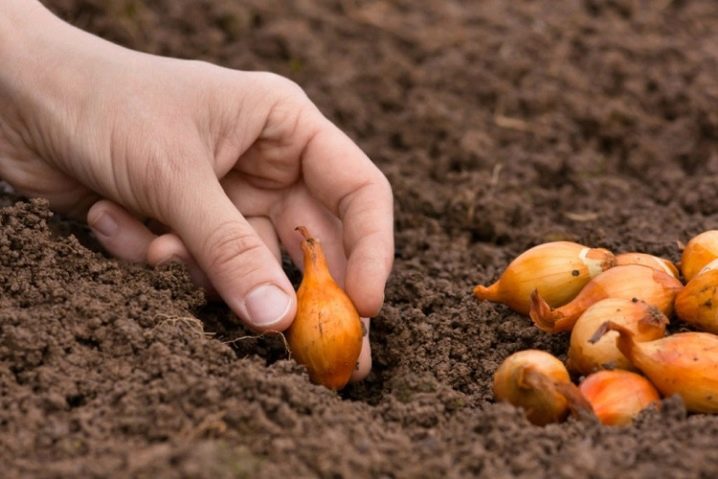
Deadlines
When planting seedlings in the garden, you should pay attention to temperature and climatic conditions. The optimal time for planting is the period when the ground warms up to a temperature of + 12 ° C. It is at this time that the chance of return frosts becomes minimal, there is still moisture in the ground, and the onion will not go into the arrow. It is also worth keeping an eye on the weather conditions of a particular region. For example, you can plant a crop in the spring in the Moscow region, in the Leningrad region and in the middle lane – in mid-May. Until the middle of the month, the risks of the return of cold weather and frosts still remain.
In the southern regions, such as the Krasnodar Territory, the North Caucasus, the Kuban, it is better to plant in late March – early April. Sowing of onions in Siberia, in the Urals is carried out at the end of May – the first days of June. Often, summer residents carry out all planting work according to the lunar calendar. onion seeds – not an exception.
Landing dates always vary, so we will not give specific dates in the article.
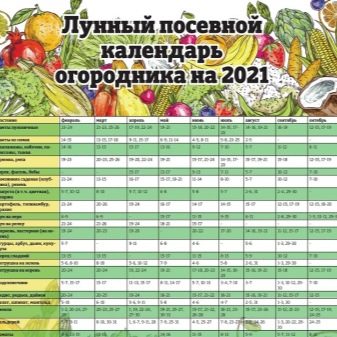
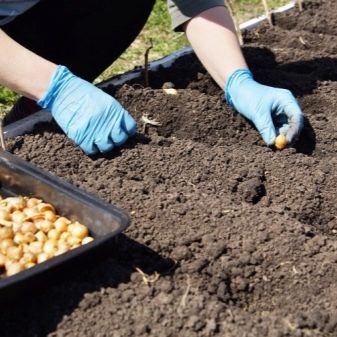
As for the popular varieties, we list only a few.
- “Centurion” is an early ripe variety. The bulb is elongated with an average weight of 100 grams.
- “Stuttgarten Riesen” has a sharp taste, the average weight is 150 grams. Well stored, the variety is not susceptible to diseases.
- “Red Baron” has a purple color. Basically, it is purchased for winter plantings, they get a harvest in June.
- “Sturon” – a variety with an average ripening period. It has good keeping quality, suitable for all types of processing and storage.
- “Shetana” is a variety bred in the Czech Republic. It has excellent yield and growth rates, as well as a long shelf life.
For the northern regions, such varieties as “Rostov Local”, “Azelros”, “Lisbon White”, “Alice” are suitable. For planting in the southern regions, it is better to use the Kasatik, Kaba, Solnechny, Dnestrovsky varieties.
The choice of quality material is always considered the first criterion for productivity. We offer you some tips for choosing a planting product:
- do not use seedlings for landing with traces of damage, rot, mold, with a changed color;
- oatmeal should have a dense texture, uniform color;
- dry or completely dried material is not suitable for planting;
- it is better to buy onions for planting at specialized points of sale – there they are stored correctly, without negative temperatures, humidity fluctuations.
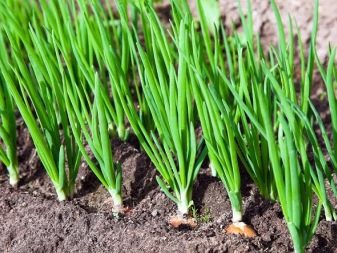
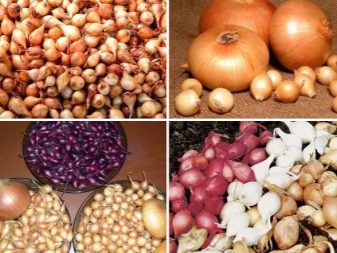
Popular varieties and material selection
Agronomists and breeders are ready to offer culture lovers a huge number of varieties, we have already given the most popular ones above. But all seed material is divided into two huge groups.
- Varieties of seed material of the northern direction. A good harvest is obtained if the daylight hours last at least 16 hours. If there is not enough lighting, then only green feathers are formed, and there can be no talk of a turnip.
- southern varieties perfectly form a turnip with a light day of less than 12 hours.
If the sun shines more than 12 hours a day, then the turnip ripens poorly and is stored. But experts are ready to offer varieties that grow to the desired size without taking into account the length of daylight hours.
There is a classification of bulbs according to taste characteristics: lettuce variety, with a semi-sharp, spicy taste. The main taste of the product is given by the ratio of essential oils and sugar.
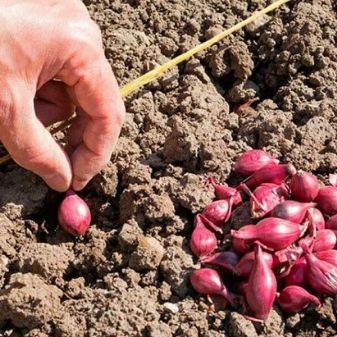
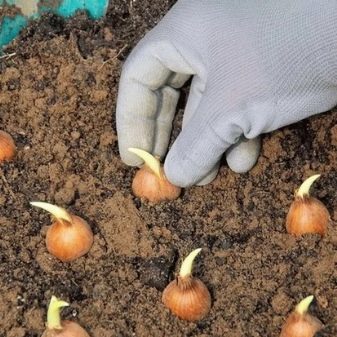
Prepare
The sevok grows unevenly, so the planting material always has different sizes. Onion from 8 to 14 mm is small, it is suitable for winter planting. The shooter will not give material whose dimensions vary from 15 to 21 mm. The first to ripen is a turnip with a size of 16 to 22 mm – it makes a good feather.
Warming up the oatmeal will serve as a prevention of shooting: it is necessary to hold the bow at a temperature of plus 10 degrees for 40 hours. Basically, summer residents warm onions on a battery.
Tip from the experts: choose a turnip variety that is adapted to your climate zone.
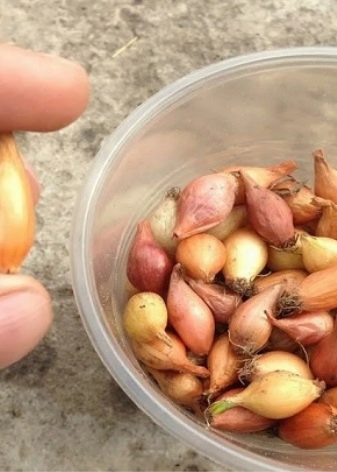
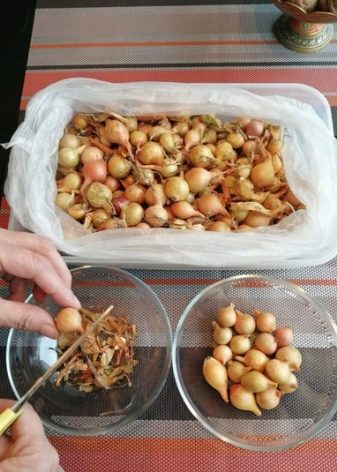
Site Selection
Onion is a thermophilic plant. Therefore, a high crop yield will be on the sunny side of the site. The place is chosen open, it is necessary to plant where there is no shade from shrubs and trees. The vegetable will grow well in soil enriched with sand and clay, at a pH level of 6,4 to 6,6. Cabbage, tomatoes, cucumbers are considered good predecessors.
Summer residents who have been practicing planting for a long time have developed their own technology. Here are their little secrets.
- It is most convenient to break the beds in the direction from north to south. This method will increase productivity, warm the soil faster.
- The onion will sprout faster if planted on a small hill. Dampness persists longer in the lowland, it is more difficult for the vegetable to grow.
- You can not plant an onion in the same place two years in a row.
- Greens, carrots, zucchini will be good neighbors.
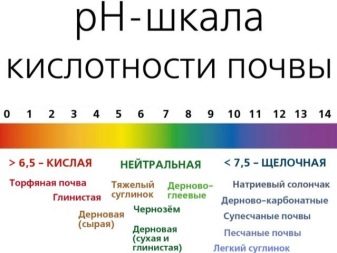
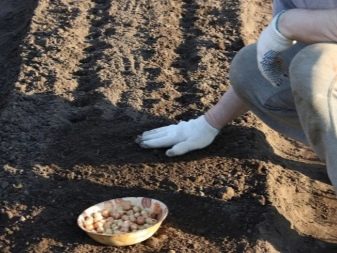
Ground
One of the most important conditions for a good harvest, which is often forgotten, is the good choice of a planting site. It is best to prepare the beds for the onion in September-October, but if it is not possible, then the soil is prepared 1-1,5 months before planting. If the bed is prepared in the autumn, then for the winter it is better to cover it with a spunbond. The scheme of work is as follows. At the first stage, it is necessary to clear the sown areas from debris, weeds, and stones. After that, the soil must be fertilized with humus or compost at the rate of 5 kilograms per square meter. Mix fertilizers with the ground by digging onto the bayonet of a shovel.
Experts recommend powdering ash on top in proportions of 1 glass per square meter. So the ash will deoxidize the soil. Sometimes dolomite flour is used in the same proportions. It does not hurt to apply complex fertilizer nitroammophoska, because onions love well-fertilized soil. You can use double superphosphate (25 grams per square meter), ammonium nitrate (20 grams per square meter), potassium sulfate (30 grams per square meter). We level everything with a rake.
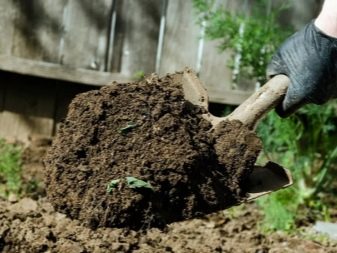
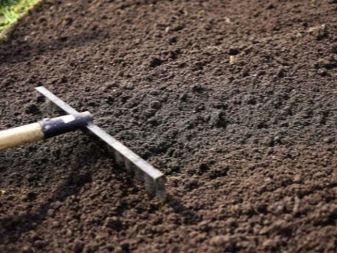
bulb processing
Even if the seeds look credible, prevention never hurts. A weak solution of potassium permanganate will save you from fungal diseases (10 grams of potassium permanganate per 30 liters of water). If soaked in “Fitosporin”, then the proportion is as follows: for 10 liters of water, 30 grams of the substance with soaking for 2 hours. Some soak the material overnight in a solution of “Zircon” or “Epin-Extra”. They are considered growth promoters.
Such processing solves several problems at once:
- stimulates shoots, further growth;
- disinfects seeds, promotes a good harvest;
- enhances weather resistance.
Salt solution helps in this case at the rate of two tablespoons of salt per liter of water. The vegetable crop is soaked in the solution for a couple of hours before planting in the ground. This is a kind of protection against nematodes, ticks, thrips. If fungicides are used, then it is necessary to consider the timing of ripening and eating. An onion fly can be a problem. But, in order not to use “chemistry” in the garden, you can use the biological method of scaring. It is recommended to plant carrots next to the onion. These cultures will be useful to each other.
Often onions are affected by fungal diseases. They love onions and all sorts of pests. But first of all, all onion ailments are associated with improper agricultural practices. It is necessary to frequently inspect vegetable beds for discoloration, wilting of feathers, twisting of leaves. At the slightest suspicion, it is necessary to use bioinsecticides or biofungicides according to the instructions. They are harmless to the human body and animals. “Chemistry” is better not to use, because the ripening period of the vegetable is quite short, and greens are also used for food.
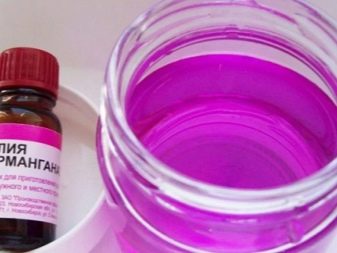
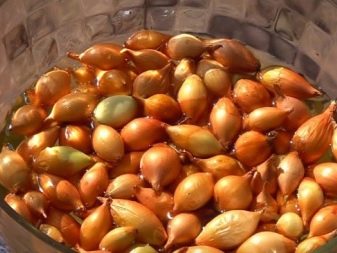
Landing technology
The spring planting technology is as follows. The bed must be leveled with a rake, dig small furrows to a depth of 15 centimeters. Pour the grooves with water, powder with a mixture of ash and sand. Now you can plant the processed onion sets in open ground. It is recommended to plant sevok quite deep on the bed, sprinkling it with a little earth. This can be done both by hand and with a manual seeder. With the help of a simple unit, it is possible to correctly, quickly cope with landings. Depending on the variety and size, the bulbs are planted at a distance of 5 to 10 centimeters.
Some vegetable growers sow snake onions in their garden. Vegetable culture is buried in the furrows, tightly leaning against each other. After the seedlings appear, some onions are pulled out on the greens, and the rest grow on the turnip. Seeding rate per 1 ha is different. It all depends on the size of the head and its use in the future. On average, a turnip takes from 400 grams to 2 kilograms per hectare. The planting scheme in autumn and spring is practically no different.
The only condition is that after planting the crop a couple of weeks before the cold weather, it is necessary to sprinkle it with mulch or leave the bed until spring under the covering material. Consider other ways of planting a vegetable.
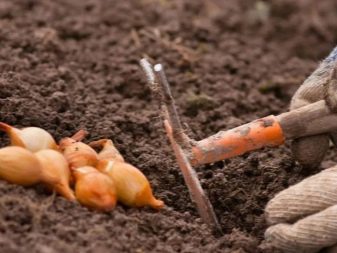

For onion
To increase the yield of a vegetable per head, it is recommended to use the Chinese method. At the same time, it is also necessary to make small grooves, but plant them not in them, but in the formed ridges. At the same time, the turnip grows large, it is slightly flattened in shape. The ridges are warmed up by the sun faster and more, so the crop is not threatened with rot infection.
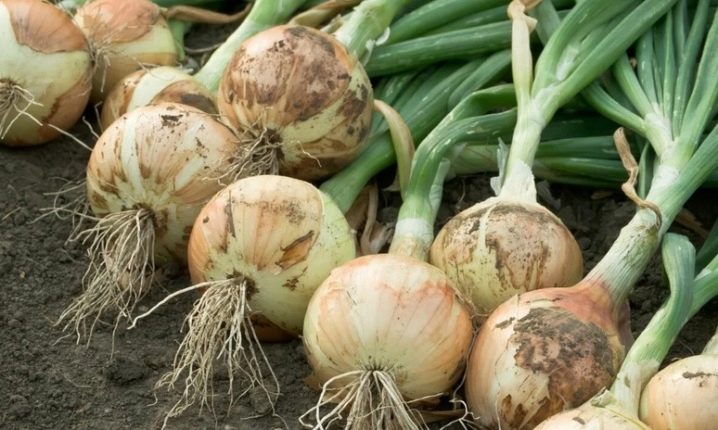
On the green
If you plan to plant sevok on greens, then it is better to choose a large onion, ranging in size from 16 to 22 mm. It is recommended to cut off the crown: this way the culture will give the first greens faster, and subsequently the feather will be strong, the total mass will be thick.
It is recommended to plant planting material close to each other on the feather.
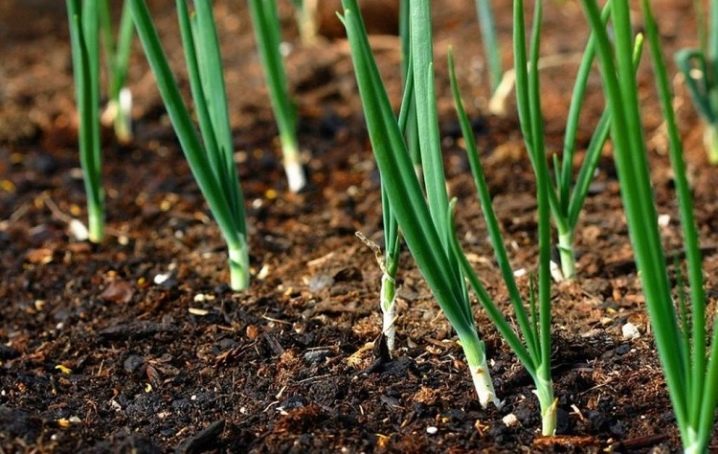
Combined method
With the combined method, the vegetable is planted as on greens, without respecting the distance between the onions. Shoots will be thick. But as it grows, experienced gardeners advise cutting through a turnip through one.
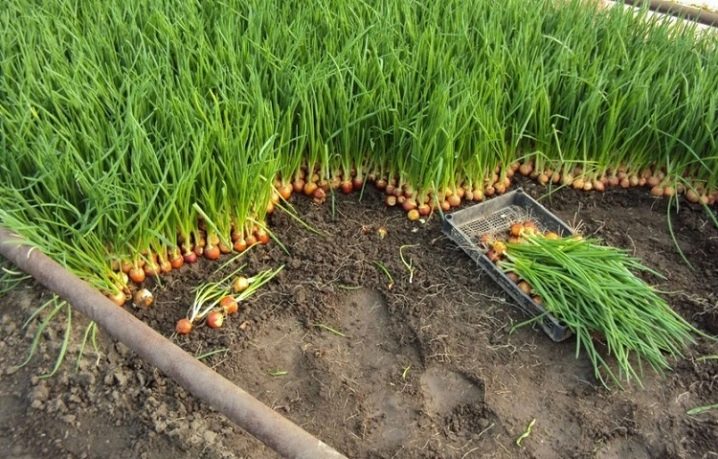
In the greenhouse
Onion sets are perfect for growing in greenhouse conditions. There are several advantages of such a planting: the minimum number of weeds, protection from the weather, high yields. Moreover, you can plant both in spring and in autumn: after all, he is not afraid of frost. But mostly vegetables are planted in a greenhouse from October to April. If you sow onions on greens in winter, then you need to equip a heated greenhouse. It is better to choose varieties with a short growing season. These include “Danilovsky 301”, “Karatalsky”, “Strigunovsky local” or “Bessonovsky local”.
When landing on a feather, it is necessary to cut off the top of a large set, soak it in warm water overnight. Up to 3 kilograms of onions are planted per 0,25 m2. Landings are powdered with ash, and the temperature in the greenhouse is kept up to +20 degrees. If you plant seed material for the winter, then experts still recommend covering the beds. For these purposes, humus and manure are well suited. The optimal layer for shelter is from 3,5 to 5 centimeters. With the onset of spring, the mulch is removed. There is another way to warm the beds – the creation of a film frame. As a rule, with the onset of cold weather, dense greenery appears.
So that it does not freeze, it is recommended to insulate it with a layer of peat or straw. As soon as the spring heat comes, the mulch can be removed. Under it it will be possible to observe young greenery.
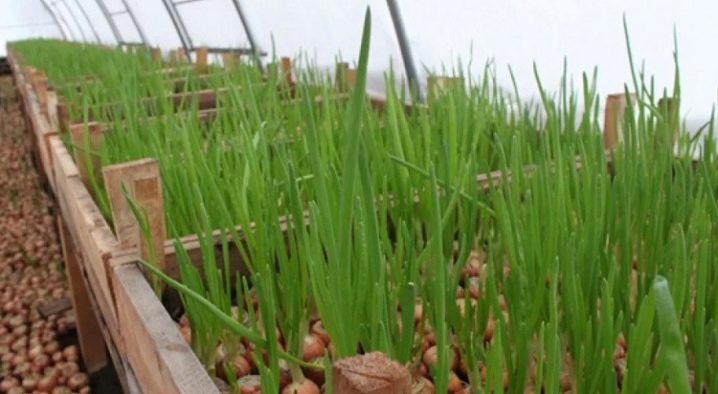
Compatibility with other cultures
The yield also depends on which predecessors grew in the garden. Good ones are green manure, tomatoes, bell peppers, potatoes, legumes, pumpkin. Radishes, turnips, and radishes also grow under good onion protection. Strawberries and onions planted in neighboring beds enrich each other with nutrients. It is only necessary to control watering, because onions do not like moisture.
Experienced gardeners advise not to cultivate crops after cucumbers, garlic, carrots, and other types of onions. Beets, lettuce, parsley are considered neutral crops. Cabbage is also not recommended to be planted next to the onion crop. She loves space. Growing to incredible sizes, cabbage is able to create a shadow with its leaves. In addition, it is a moisture-loving plant, which harms the onion.
Good neighbors among flower crops are chamomile, savory, roses, marigolds, chrysanthemums. The fragrance of these flowers repels insects. They do not create shade, and do not need abundant watering.
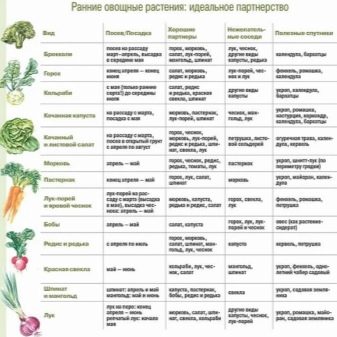
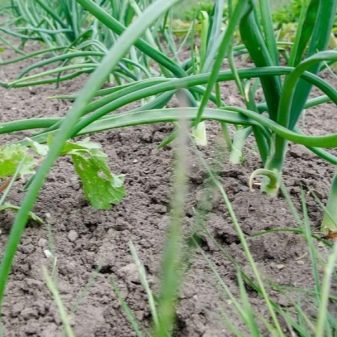
Aftercare
There are no difficulties in the cultivation of bulbous beds. Three components will help to harvest a healthy and rich harvest: watering, loosening, good lighting. Agrotechnics also includes regular weeding. Consider the agrotechnical plan in more detail. Within a week after planting, the beds must be watered every other day. In the next month and a half, watering is recommended to be reduced to once a week. Additional moisture will be needed during dry summers.
Every time after watering, after a few hours, the soil is loosened with a garden tool, excess grass is removed. As the heads grow, it is necessary to remove the earth from the vegetable. This is necessary for deeper penetration of sunlight, the speedy ripening of the root crop. A couple of weeks before harvesting, we advise you to stop moistening the soil. It is during this period that the heads dry out, overgrown with scales.
After 20 days after sowing, you can feed the seedlings for the first time. During this period, organic fertilizer will work well. You can take chicken manure in proportions of 1:15 or rotted mullein 1:10. The cost of organic matter per square meter is up to 15 liters. After another 2-3 weeks, we begin to feed with ammonium nitrate, potassium sulfide in powder. 15 grams of the substance is poured per square meter of crops before wetting. Subsequently, fertilizers can be applied as needed. For example, pale feathers need nitrogen, greens with a grayish coating lack potassium, and phosphorus is needed if the greens near the turnip have wilted prematurely.
For the prevention of various diseases, such as peronosporosis, rust, black mold, onion mosaic, it is recommended to treat feathers with this solution: 5 liters of water, half a teaspoon of copper sulfate and half a tablespoon of laundry soap. Processing is carried out 2 times a month. The turnip will be ready at the end of July – the tenth of August. It is not worth delaying the harvesting of root crops: moisture on the soil from dew, frequent rains will adversely affect storage. The bulbs are harvested, dried indoors, cleaned of tops. Store in containers in a dry place.
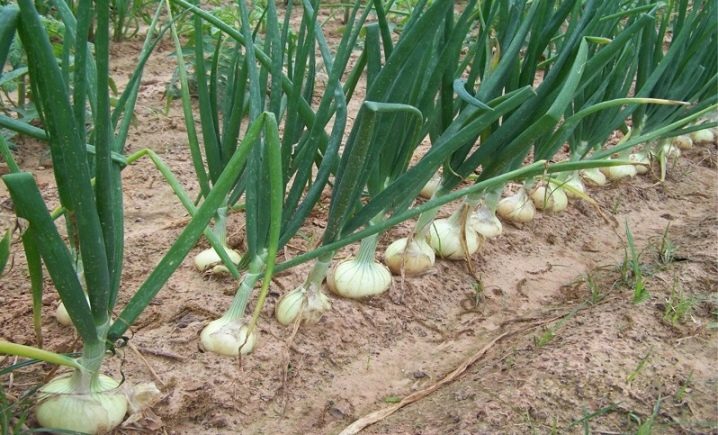
Tips
Every professional and specialist has his own secrets for growing a good turnip. Here are some of them.
- Sowing work is best planned in accordance with the phases of the lunar calendar. The best time for this is the waning moon.
- Do not allow the formation of a crust on the surface of the bed.
- It is better to remove weeds prematurely, otherwise they will slow down the growth of the root crop, and when weeding, the weed will break out along with the onion.
- The turnip needs to be bared by a third, then it will be large.
- If you plan to cultivate large areas of onion sets, it is recommended to use a planting device such as a manual household seeder.
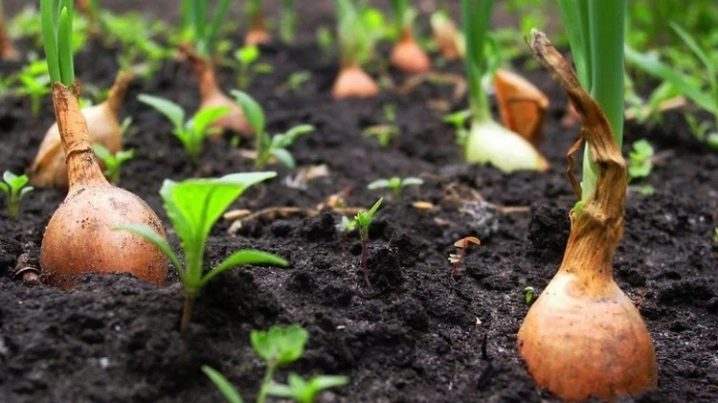
How long does the onion sprout and what to do if there are no shoots?
After the end of sowing, the vegetable crop sprouts after 9 days. But what if the cherished greenery never appeared? There are many reasons for the non-germination of the root crop. Consider the most popular.
- Boarding time has been violated. If you plant early in cold ground, then the greens may not break through at all. If feathers appear, then in the future the vegetable will be subject to bolting.
- Improper watering. This is the most common mistake of all beginners. Too frequent or abundant watering in cool summers will lead to poor germination or rotting of the crop.
- Dense soil will not allow timid greenery to sprout.
- Soil acidity also plays a role. If it is above 6,6 or below 6,4, then the landings will be frail. It is recommended to sprinkle the beds with ashes.
- The death of beds or poor seedlings are due to a lack of nitrogen in the soil. But it is better to apply fertilizer according to the instructions. They often become the cause of fungal diseases.
- The cause of poor germination can be various diseases of the seed. This is why it is so important to process the sets before planting.
Growing a turnip from onion sets is easy and simple. It is only necessary to use the advice and recommendations of experienced gardeners. Then your juicy and large onion will always be on the table.

